They are the McLaren F1, Porsche 911 GT1 and Mercedes-Benz CLK GTR – the fastest, rarest and the most expensive.
BHPian JDMBOI recently shared this with other enthusiasts.
As most of you might know The Holy Trinity of Hypercars – McLaren P1, Ferrari La Ferrari and Porsche 918 but in this thread we are gonna focus on the three most famous road variants of GT1 racers that played centre stage in the fierce competition and all its surrounding hype. They are the fastest, rarest and the most expensive.

McLaren F1
The McLaren F1 is a sports car designed and manufactured by British automobile manufacturer McLaren Cars, and powered by the BMW S70/2 V12 engine. The original concept was conceived by Gordon Murray, who successfully convinced Ron Dennis to back the project, and hired car designer Peter Stevens to design the exterior and interior of the car. On 31 March 1998, the XP5 prototype with a modified rev limiter set the Guinness World Record for the world’s fastest production car, reaching 240.1 mph (386.4 km/h), surpassing the modified Jaguar XJ220’s 217.1 mph (349 km/h) record from 1993.
Gordon Murray approached BMW, which took an interest, and the motorsport division BMW M headed by engine expert Paul Rosche designed and built Murray a 6,064 cc V12 engine called the BMW S70/2. The BMW engine ended up 14% more powerful and 16 kg heavier than Gordon Murray’s original specifications, with the same block length.
Power output – 461 kW (618 hp; 627 PS) 650 N⋅m (479 lbf⋅ft) of torque
Price – Over US $20 Million.

User guide by James Cottingham (DK Engineering)
Picture Courtesy – DK Engineering


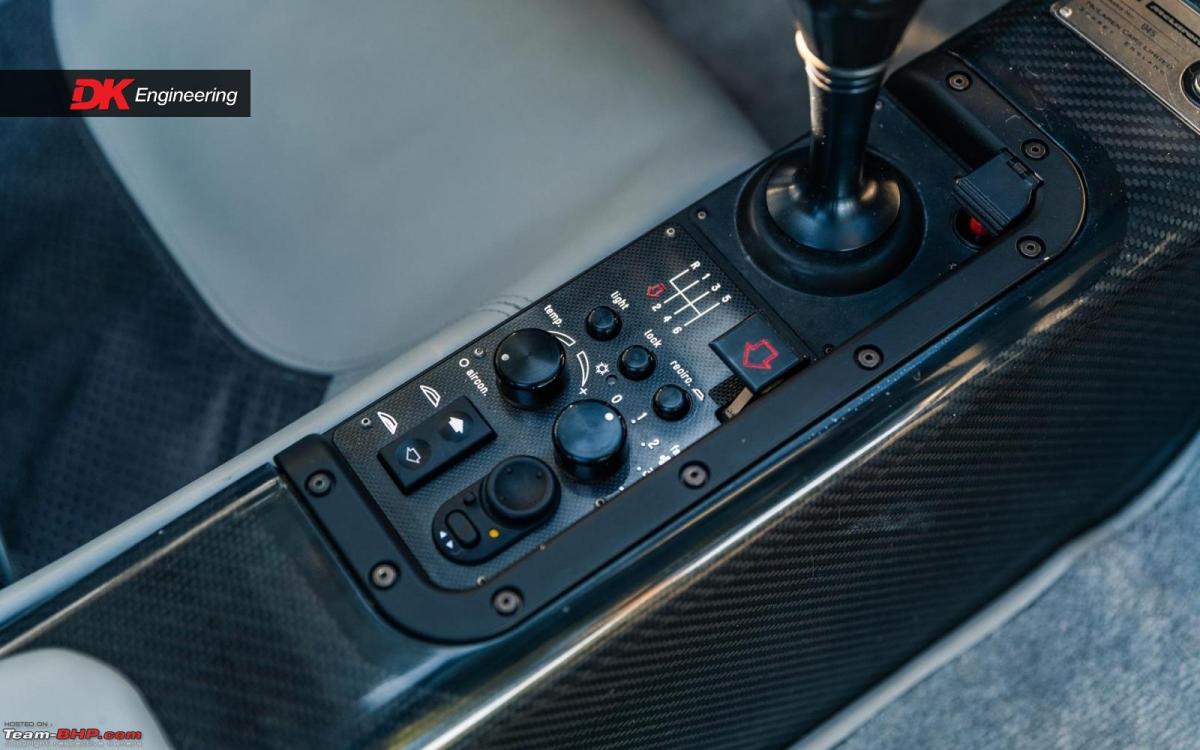



Real Gold in the engine compartment (Heat Shield)

Tool box of F1 that you get with the car

Porsche 911 GT1
The Porsche 911 GT1 is a car designed and developed by German automobile manufacturer Porsche AG to compete in the GT1 class of sportscar racing, which also required a street-legal version for homologation purposes. The limited-production street-legal version developed as a result was named the 911 GT1 Straßenversion (Street version).
McLaren’s success piqued the interest of Porsche and following their dominance at the Le Mans in 1995 and of course their overall Victory with a lightly modified Road car, Porsche decided to join the GT1 party but this time they decided to do it in a different way they built a race car from the start they’d recently retired as a result of the now defunct Group C Series the 13 year old 962 platform and what they decided to do as a result of it being commendably quick was to take a 993 shell and graft onto the rear the 962 rear end it was a 3.2 liter flat six Twin turbocharged unit that produced 595 horsepower and weighed in at 1150 kilograms at the 1996 Le Mans 24 hours the Porsche GT1 attended and finished second and third overall and came first and second as a result in the GT1 class effectively winning first time out such was the success of the car they then developed it further for the next season in order to satisfy the FIA criteria for GT1 homologation Porsche were forced to build 25 road-going variants to their race car and thus the “Straßenversion” German for street version.
Power Output Engine 600 PS (441 kW; 592 hp) 3.2 L (200 cu in) water-cooled, Porsche M96/80 flat-6, twin-turbocharged, mid-engine
Price – Over US $5 Million.

User guide by James Cottingham (DK Engineering)
Picture Courtesy – DK Engineering



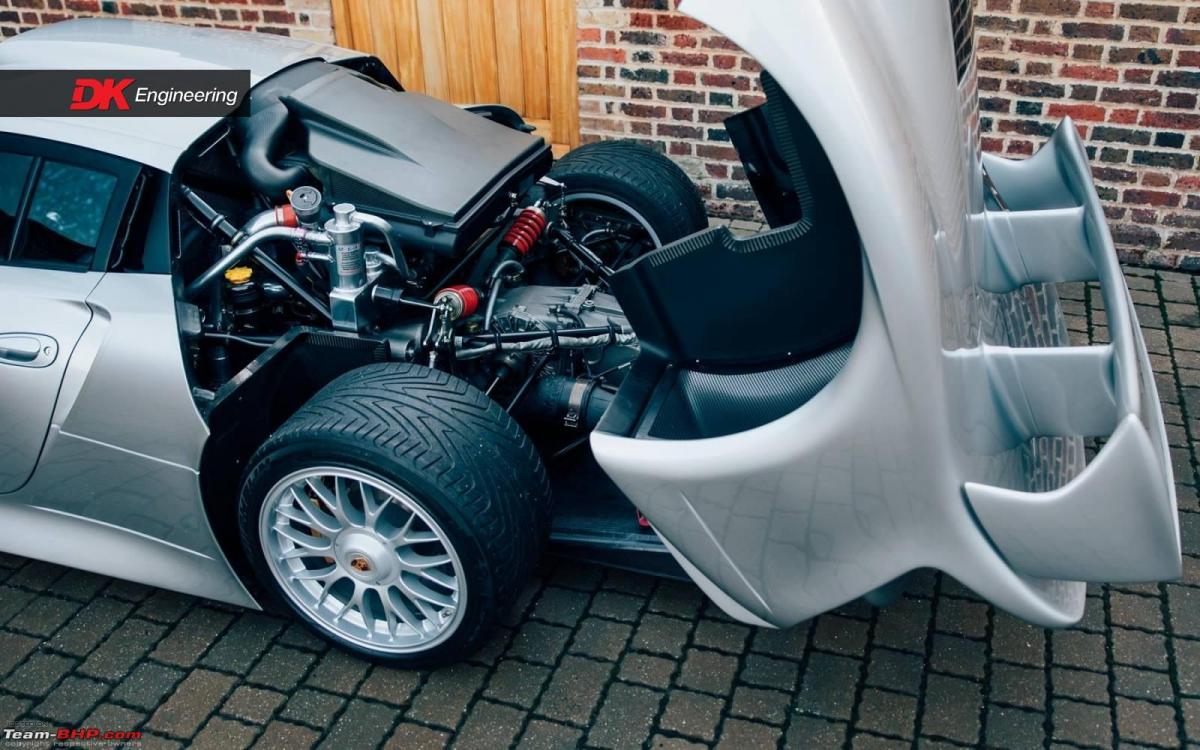

On the Dyno

Mercedes-Benz CLK GTR
Finally we arrive at our final unicorn in the trilogy the CLK GTR at the end of 1996 Mercedes decided to leave DTM and enter the GT1 racing Realm and in just 128 days they designed this car it was an all-new carbon fiber Kevlar monocoque mated to a 6 liter V12 engine that was lifted out of the SL600 and tuned to over 600 horsepower despite failing to homologate the car in time for the 1997 FIA GT Championship they were still allowed to compete with the car and it won six out of the 11 rounds and won the championship that year for the 1998 season it won the first two rounds and then they converted to V8 power thereafter winning every single round of the entire championship and that effectively killed GT1 such was the dominance of the CLK GTR in V8 form that all other major competitors withdrew from the series at the end of that year and that was that it was over.
The Mercedes-Benz CLK GTR is a GT1 sports car built and produced by Mercedes-Benz in conjunction with their then motorsport partner AMG. Intended for racing in the new FIA GT Championship series in 1997, the CLK GTR was designed primarily as a race car, with the road cars necessary in order to meet homologation standards being secondary in the car’s design, i.e. it was a homologation special.
Power Output 622 hp (464 kW; 631 PS) @ 6,500 rpm and 731 N⋅m (539 lb⋅ft) @ 5,250 rpm
Price – Around US $10 Million.

Specifications
The engine was stroked out to 6,898 cc (420.9 cu in) by Ilmor, resulting in a power and torque bump to 622 hp (464 kW; 631 PS) @ 6,500 rpm and 731 N⋅m (539 lb⋅ft) @ 5,250 rpm.Sending this power to the rear wheels was a 6-speed sequential manual transmission with a four-plate carbon fibre clutch.This gave the GTR a 0–100 km/h (0–62 mph) of 3.8 seconds, and a claimed top speed of over 320 km/h (199 mph), depending on gearing.The 18-inch centrelocking wheels were shod in 295/35ZR18 Bridgestone tyres at the front and 345/35ZR18 at the rear. Stopping power was provided by 6-piston calipers and carbon-composite rotors measuring 380 mm (15.0 in) at the front and 335 mm (13.2 in) at the rear.
The road car received several amenities such as ABS, air-conditioning and an audio system. Bins for luggage were located under each door, as was the control for the fire suppression system on the driver side. Owners had the option of fitting their seats with tartan, leather, or Alcantara, with four-point harnesses for safety. Like the race car, the CLK GTR only shared the headlights, taillights and grille with the roadgoing CLK, and many exterior design elements such as the roof-mounted air dams, and NACA ducts on the sills were retained. Mercedes decided not to modify the CLK GTR to comply with United States safety regulations, and all examples imported to the U.S. were under Show or Display exemptions.
User guide by James Cottingham (DK Engineering)
Picture Courtesy – DK Engineering and Auto Daily




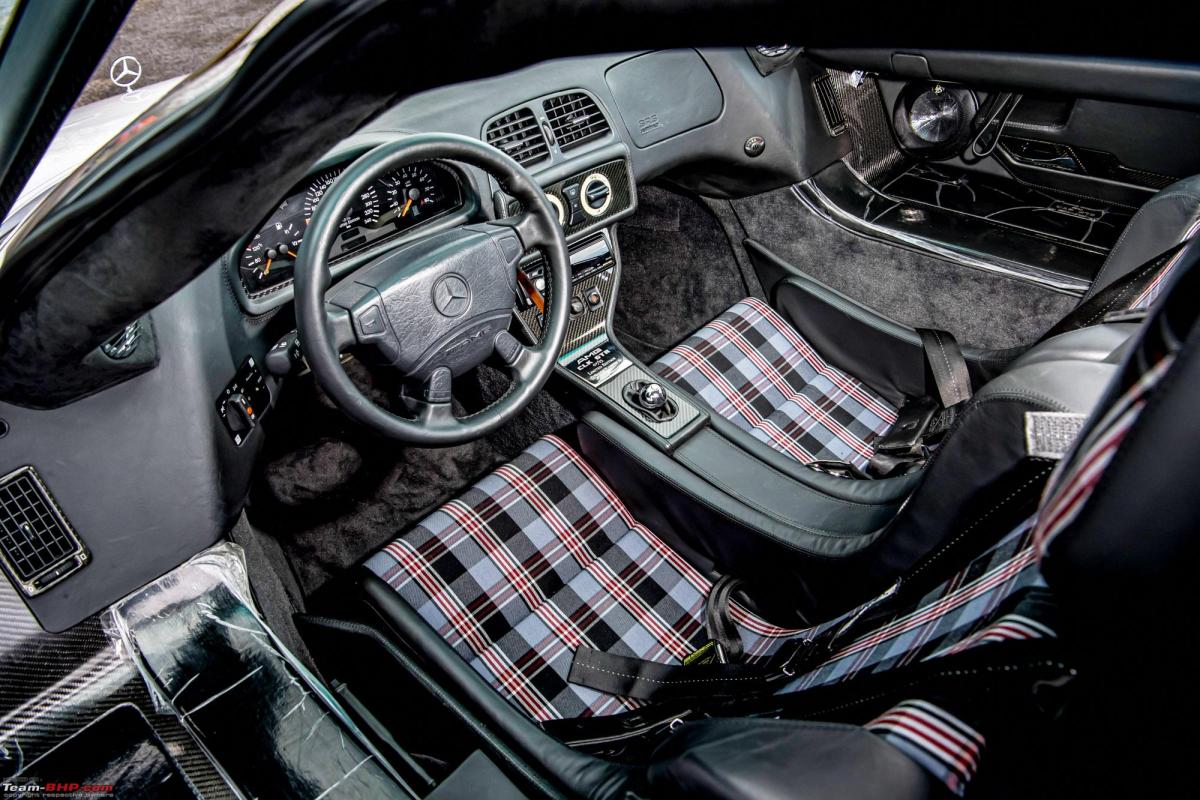
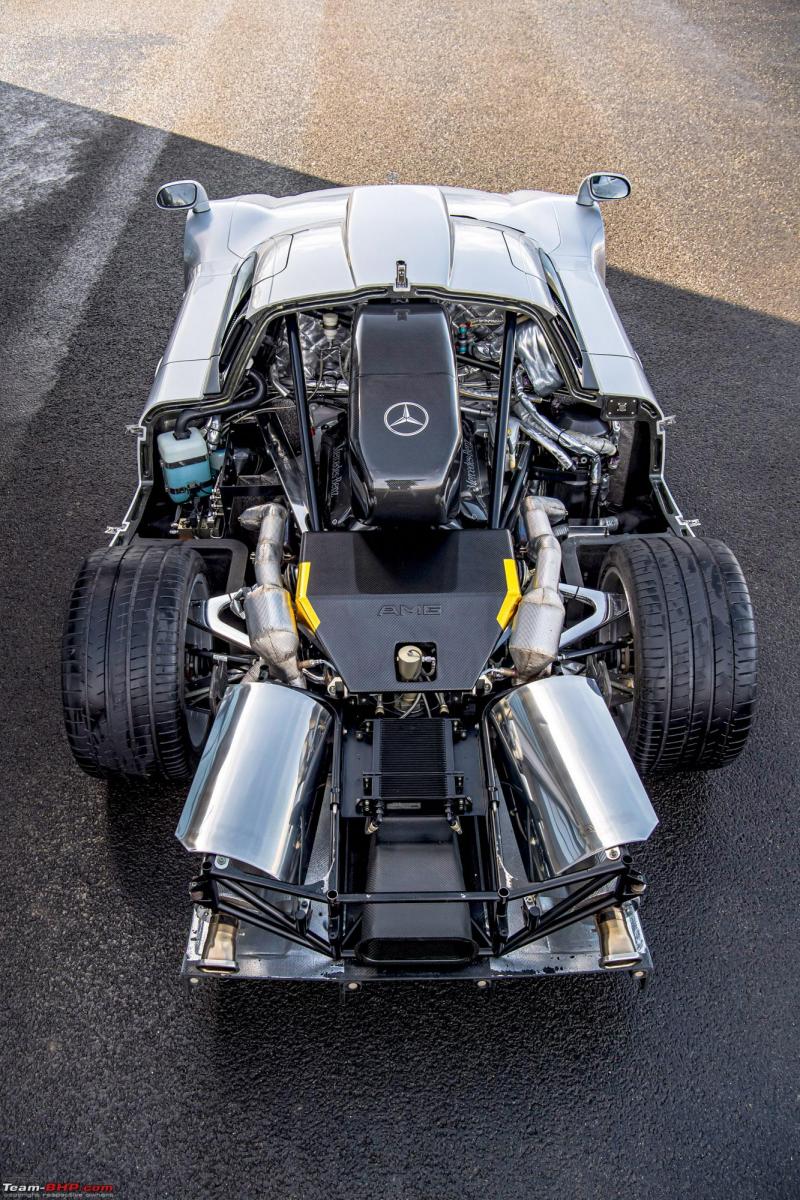
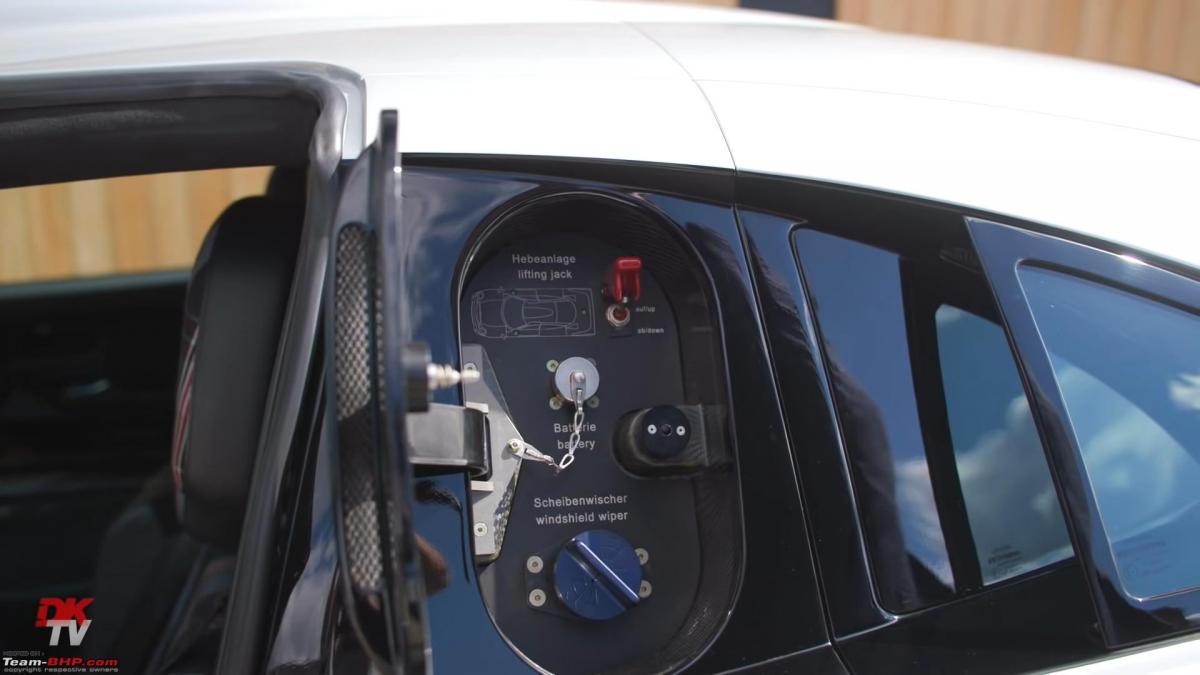
CLK GTR has its own Hydraulic Air Jacks

Videos to watch
DK Engineering Videos
Which one you are going to take?
Check out BHPian comments for more insights and information.






